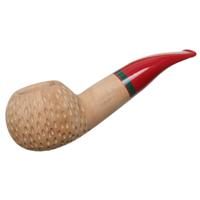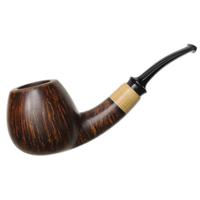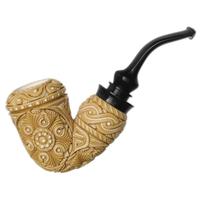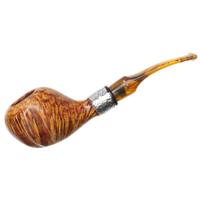EDIT: Fixed Capitalization in Title (See Rule 9) - Bob
I have noticed that my turn-of-the-century pipes (early 1900s) seem to have button hole stems more than my pipes from decades since. Anyone know why the button stem pipes fell out of popularity or any pipe stem evolution theories/knowledge? The one thing I would say about smoking the button stem pipes is that the stem feels substantially thicker to clinch and it seems that all of my button stem pipes have very short stems. With that being said, they are easier to "chomp" down on while I am working and since I use rubber bits, I don't worry about damaging the stem itself.
I have noticed that my turn-of-the-century pipes (early 1900s) seem to have button hole stems more than my pipes from decades since. Anyone know why the button stem pipes fell out of popularity or any pipe stem evolution theories/knowledge? The one thing I would say about smoking the button stem pipes is that the stem feels substantially thicker to clinch and it seems that all of my button stem pipes have very short stems. With that being said, they are easier to "chomp" down on while I am working and since I use rubber bits, I don't worry about damaging the stem itself.
Last edited by a moderator:












